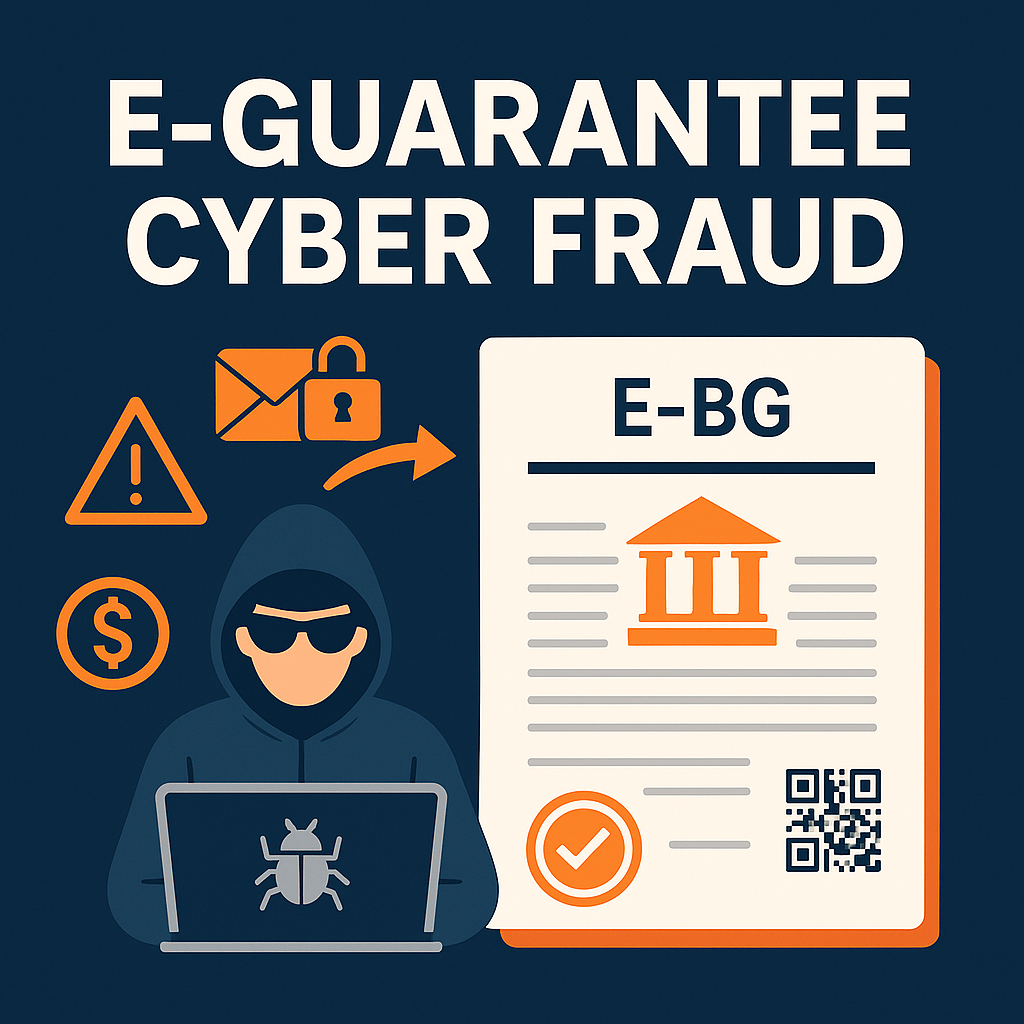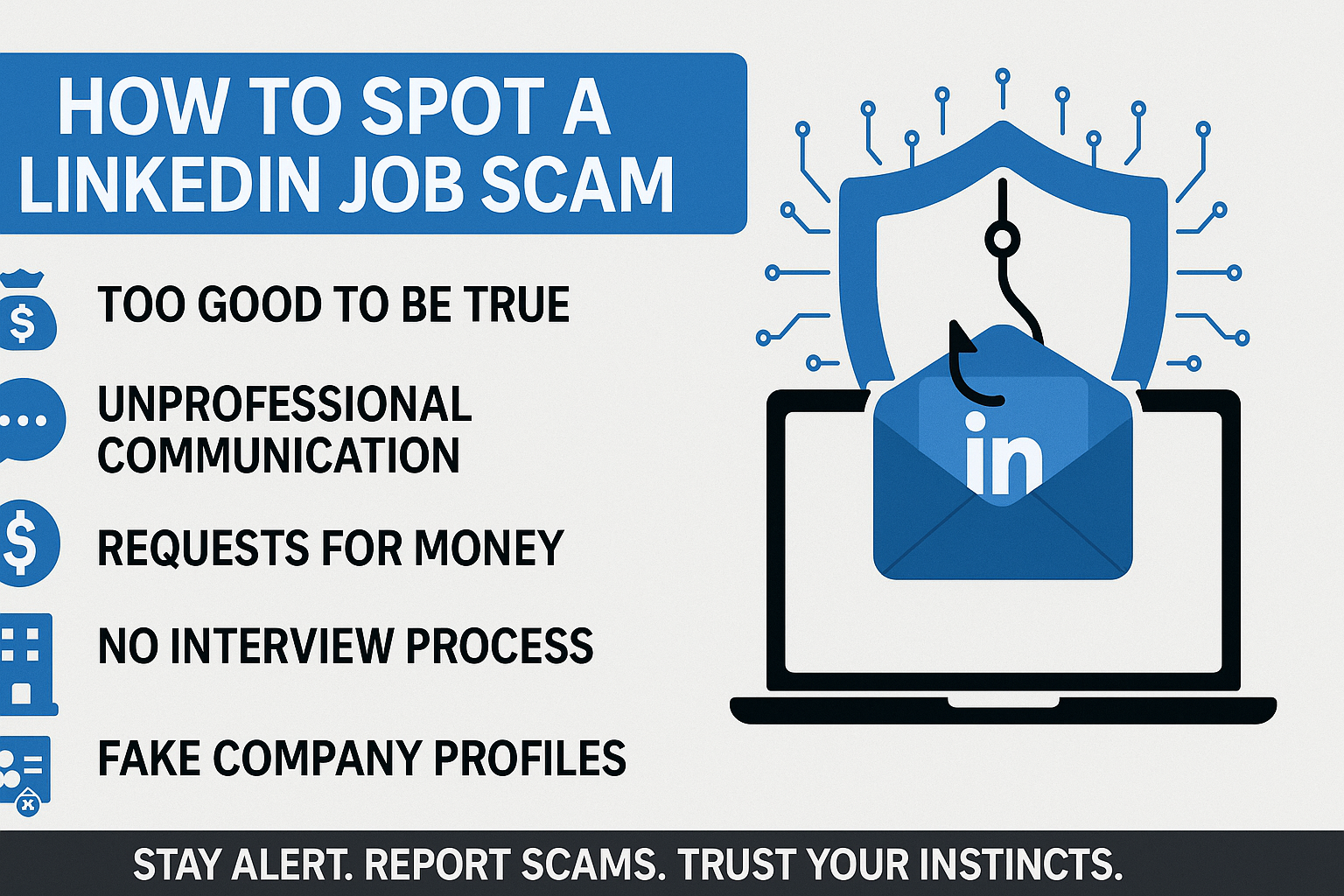In an increasingly digital world, banking operations have swiftly shifted from paperwork to seamless, paperless transactions. One such innovation is the Electronic Bank Guarantee (e-BG)—a digital version of the traditional paper-based bank guarantee. However, with innovation comes risk, and e-guarantee cyber fraud is emerging as a serious and evolving threat.
💡 What is an E-Guarantee?
An E-Guarantee is a digitally issued bank guarantee that eliminates the need for physical documentation. Issued through secure banking platforms or fintech intermediaries like NeSL (National E-Governance Services Ltd.), e-BGs are designed to be more secure, faster, and less prone to manual forgery.
However, fraudsters are now targeting this very security model using digital impersonation, document forgery, and online fraud tactics.
🕵️♂️ How Does E-Guarantee Cyber Fraud Work?
Cybercriminals use several methods to commit e-guarantee fraud:
1. Fake e-BG Documents
Scammers create highly convincing forged e-BG documents that mimic real ones—complete with bank logos, fake signatures, QR codes, and digital stamps.
2. Email Spoofing & Phishing
Fraudsters may spoof emails from bank officials, making it appear that the e-BG has been issued by a legitimate source. They may also send malicious links disguised as e-guarantee documents.
3. Compromised Bank Credentials
Attackers may gain unauthorized access to a company or individual’s bank portal to issue or alter guarantees fraudulently.
4. Fake Escrow and Shell Companies
Cyber gangs set up fake entities and convince victims to make advance payments for e-BGs that do not exist.
5. Tampered Communication
Interception of email trails and substitution of genuine documents with fraudulent e-BGs is another tactic used to dupe stakeholders.
🚩 Red Flags to Watch For
-
Urgent demands for money based on an e-guarantee.
-
Unusual formatting, spelling errors, or mismatched details in the document.
-
Guarantees from unknown third-party companies or via Gmail/Yahoo emails.
-
A lack of verification mechanism (QR code not working or fake).
-
Claims that a bank has issued a guarantee without any request or paperwork from you.
✅ How to Verify an E-Guarantee
-
Direct Bank Verification
Contact the issuing bank directly using official contact numbers. Do not rely on the contact details in the document itself. -
Use NeSL’s e-BG Platform
If issued through NeSL, you can verify the e-guarantee online using their portal. -
Digital Signatures and QR Code Scanning
Real e-BGs are digitally signed and contain a QR code linked to the issuing bank’s system. -
Contact Beneficiary Bank
If you are a beneficiary, ask your bank to independently verify the document before relying on it.
🛡️ Preventive Measures
-
Educate staff involved in finance and procurement about e-BG verification.
-
Establish a standard procedure for validating every guarantee received.
-
Ensure 2FA and secure passwords are used for banking portals.
-
Conduct email domain authentication (DKIM, SPF, DMARC) to reduce spoofing.
⚖️ Legal Remedies for Victims
If you have been a victim of e-guarantee fraud, take the following actions immediately:
1. File a Complaint on the Cyber Crime Portal
Visit https://cybercrime.gov.in and lodge a formal complaint.
2. Inform the Bank
Report the incident to the issuing bank to freeze any ongoing transactions.
3. Approach the Cyber Police Station
Submit all documentary evidence (email trail, transaction details, fake BG, etc.)
4. File an FIR
You can file an FIR under sections of the IPC and Information Technology Act.
Relevant Laws:
| Law | Description |
|---|---|
| IPC 420 | Cheating and dishonestly inducing delivery of property |
| IT Act 66C | Identity Theft |
| IT Act 66D | Cheating by personation via computer resources |
| IPC 465/468 | Forgery of documents |
📝 Final Thoughts
While e-Guarantees have made financial transactions more efficient and secure in theory, the digital landscape remains a playground for sophisticated cybercriminals. Vigilance, verification, and legal preparedness are the best tools we have to fight this evolving menace.
Whether you’re a contractor, vendor, bank employee, or government official, it’s vital to stay alert and never accept e-guarantees at face value. Always verify first—because in the digital age, even a guarantee may not be guaranteed.

